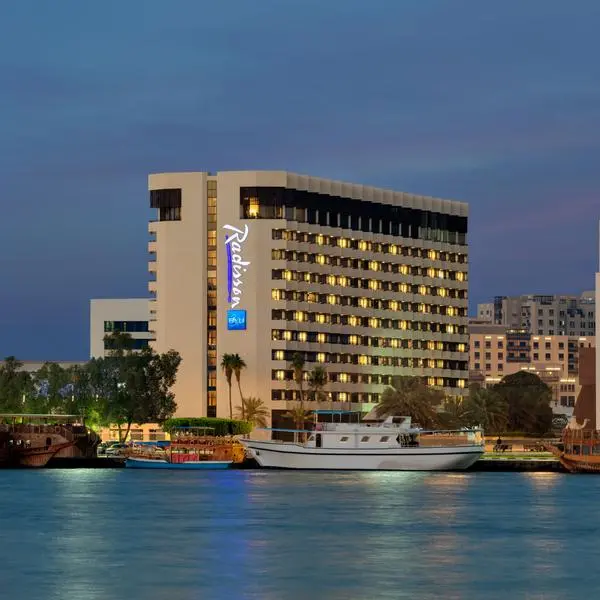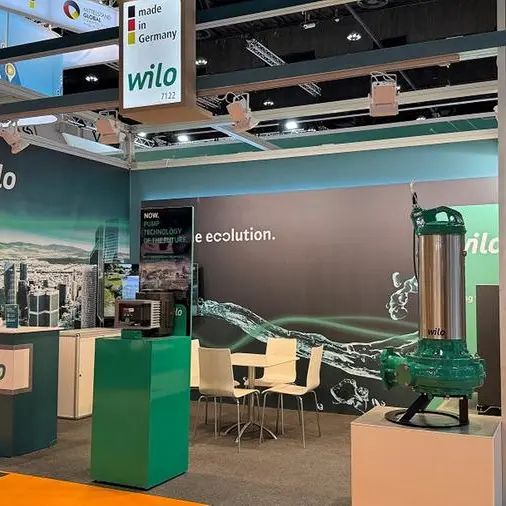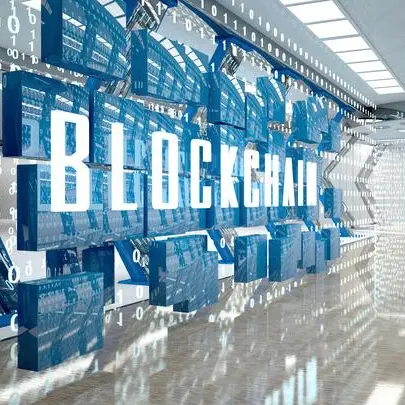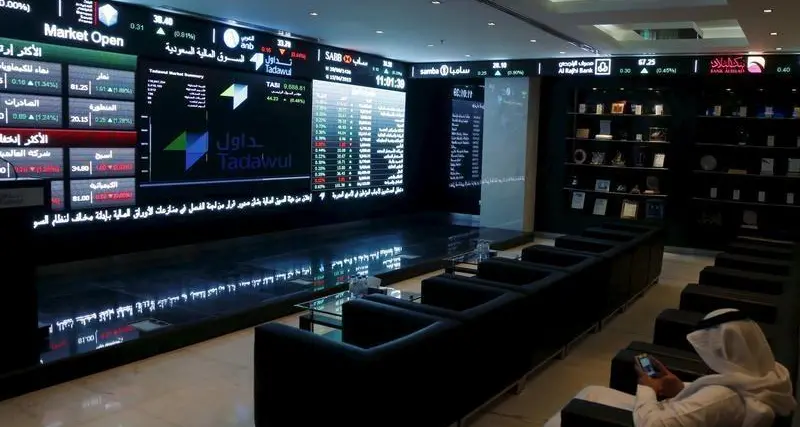There's a new opportunity for Qatari investors. As the U.S dollar continues to appreciate and oil prices are driven lower, investors begin to look further afield for investments to make their money work hard for them. The U.S. dollar's continued appreciation against the British pound is making residential property in London increasingly attractive for Qataris, with younger buyers particularly looking for areas of urban regeneration, where prices are likely to rise fastest in the coming years.
Because the Qatari Riyal is pegged to the dollar, investors from the region have benefitted from the U.S. currency's 11 per cent rise against the pound over 2015. At the beginning of this year, Goldman Sach reiterated a call for the Dollar to rise 20% in the next three years.
"If you're a buyer from a Middle Eastern country, say Qatar, this is a great opportunity, because the exchange rates make it a really good time to buy," said Adam Chalice, head of UK residential development at property services company Jones Lang LaSalle. "At the same time, the fundamentals of the London property market remain strong, due to a recovering economy, the fact that London is still thriving as a top financial centre, and the relative low supply of new projects in central areas."
London remains a popular destination for Middle East buyers, accounting for 32 percent of the $14.1 billion they spent on overseas property in 2014, according to property consultants CBRE. Although many are cash buyers, current rock-bottom interest rates and the willingness for Middle East banks to provide mortgages through their branches in London have also been drivers of buying activity.
Prime London property remained an attractive proposition for investors in 2015, with total returns in prime central and prime outer London markedly higher than other asset classes despite the backdrop of global economic uncertainties, according to a recent Knight Frank London report. The report forecast cumulative growth of 22% on London residential prices between 2015 and 2019 as demand continues to exceed supply. Prime residential yields currently stand at around 2.92 percent and are predicted to rise following the recent General Election in the UK.
Yield for the adventurous
Traditionally popular areas for Qatari buyers, such as Knightsbridge and Regent's Park, have seen strong growth in capital values in recent years, but many developers believe that other central areas, which are experiencing urban regeneration, will see greater demand and steeper price rises in the coming years.
The River Thames was in the past a barrier for values in central London with the areas south of the river being markedly different from their neighbours north of the river. This is a relatively unique phenomenon as cities such as Paris and Chicago do not experience such trends. Recent growth along the South bank of London is having a dramatic change on where savvy investors place their money.
Seven years ago, values on the South Bank were 50 per cent of the areas north of the river. Now, with all of the development that has taken place around the Tate Modern, residential values have risen sharply to over £1,500 per sq ft which is a trend expected to migrate throughout residential property on the South Bank.
"Because Battersea Power Station itself is world-famous, it was always going to be of global interest to buyers, but there is more to it than just the building," said Rob Tincknell, Chief Executive Officer of Battersea Power Station Development Company, developer of the iconic new urban quarter centred around one of the world's most recognisable buildings. "Many people are now realising that there is exceptional value to be found in areas which are being regenerated, particularly in areas like Battersea where there is also a strong focus on creating a genuine community with that sense of neighbourhood. What is more, with the huge changes which are taking place in Nine Elms, the introduction of the Northern Line Extension, pedestrian bridges and great existing facilities such as Battersea Park, it is easy to see why further growth is yet to come"
It is well known that major infrastructure projects like the Northern Line Extension tend to have a positive impact on residential values. Research conducted by the Centre for Economic Business Research (CEBR) supports this theory and in a recent poll, CEBR concluded that in 2020, when the Northern Line Extension opens, residential values at Battersea Power Station will grow by 9.7 per cent.
Nothing ordinary
Battersea Power Station is an example of a development in an increasingly popular area on the south bank of the River Thames, only 10 minutes' drive from upmarket Knightsbridge, and a mere walk to Chelsea.
The project, which claims; "we don't do ordinary", is essentially a vibrant new town on the site of a decommissioned coal-fired power station in a previously industrial area of the British capital. 4,000 luxury apartments designed by a number of world class architects including Foster + Partners and Gehry Partners will be set amongst offices, shops, restaurants and cafes, hotels, entertainment venues and parkland.
This sought after area is becoming a new green oasis in central London, with 18 acres of open space across the development, including a six acre park created next to the river, all connected by walking and cycle lanes, a river taxi and a brand new underground station.
Many apartments at the development fall into the sub-one million pound category that analysts at BNP Paribas Real Estate believe will experience nearly 50 per cent price rises over the next five years.
Moving out for growth
In a recent report entitled "Moving Out", Jones Lang LaSalle's director of residential research, Neil Chegwidden, said such "outer core" locations were seeing more sales and development activity, and prices were therefore rising at a faster rate.
"Prices in the most expensive parts of London have come under pressure, while those further afield continue to rise," Chegwidden said. "We believe that the outer core story still has some time to run and that the broader central London market will continue to be active and strong despite the general election and taxation concerns."
Housing has become a central political issue in Britain, with the government introducing a capital gains tax on foreign-domiciled buyers in 2013, and all parties promising to build hundreds of thousands of new affordable homes across the country.
However, the new tax has not dented appetite among foreign investors in the last year, and analysts believe that the shortage of space in central London will keep land and property prices trending upwards, and that the city's appeal as a financial centre and leisure destination will continue to spur more and more demand.
-Ends-
Battersea Power Station
Battersea Power Station is at the heart of one of central London's largest, most visionary and eagerly anticipated new developments, which will see this vast 42-acre former industrial brownfield site become home to a community of homes, shops, cafes, offices and 18 acres of public space. The outline planning application for architect Rafael Viñoly's masterplan for the site was approved by Wandsworth Council and the Mayor of London in 2010 and approved by the Secretary of State and permission granted in August 2011.
The £8bn project will see the creation of a vibrant, mixed-use development, a new town centre for London serviced by an extension to the Northern Line and the restoration of the Grade II* listed Power Station. Battersea Power Station is contributing up to £211m to the NLE, which was guaranteed by the Chancellor of the Exchequer George Osborne in the Autumn Statement of November 2012. According to Prime Minister David Cameron, it is the 'jewel in the crown' of central London's significant regeneration area, Nine Elms on London's South Bank.
The overall project is divided into seven phases, with each designed by a range of specialist architects. These include SimpsonHaugh and Partners and De Rijke Marsh Morgan (dRMM) in Phase 1 (Circus West), Wilkinson Eyre Architects in Phase 2 (The Power Station), and Foster + Partners and Gehry Partners in Phase 3 (The Electric Boulevard, Battersea Roof Gardens and Prospect Place.)
Construction work officially began with Phase 1 on July 4th, 2013 - the 80th anniversary of this historic building. The overall development is anticipated to be completed in 2025, with The Power Station itself expected to be open to the public for the first time in over 30 years in 2019.
The Battersea Power Station site is owned by a consortium of Malaysian investors comprising S P Setia, Sime Darby and the Employees' Provident Fund. The development management of the project is being undertaken by British based, Battersea Power Station Development Company.
For further media information, photography and b-roll on Battersea Power Station please contact:
Press Office, Battersea Power Station Development Company:
Telephone; +44 (0)20 7062 1870; email: pressoffice@bpsdc.co.uk
Brunswick Group
Mouaffak Hajjar
Telephone: +97156 174 8183 email: BPSGULF@brunswickgroup.com
© Press Release 2016










